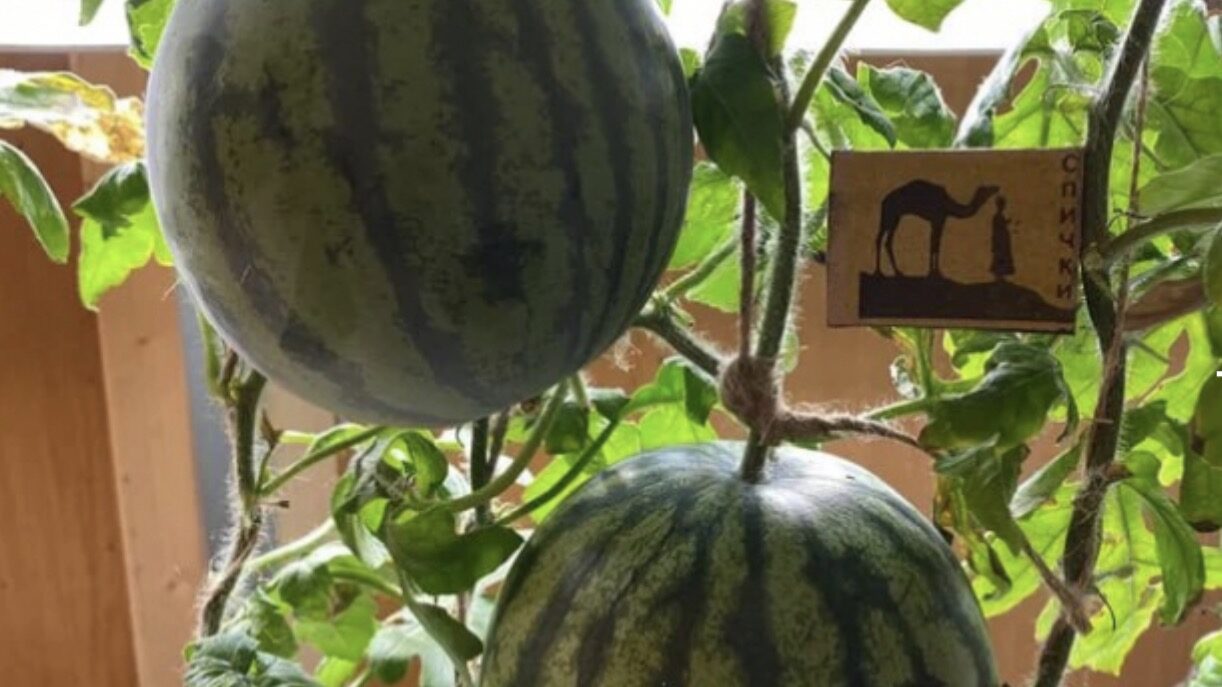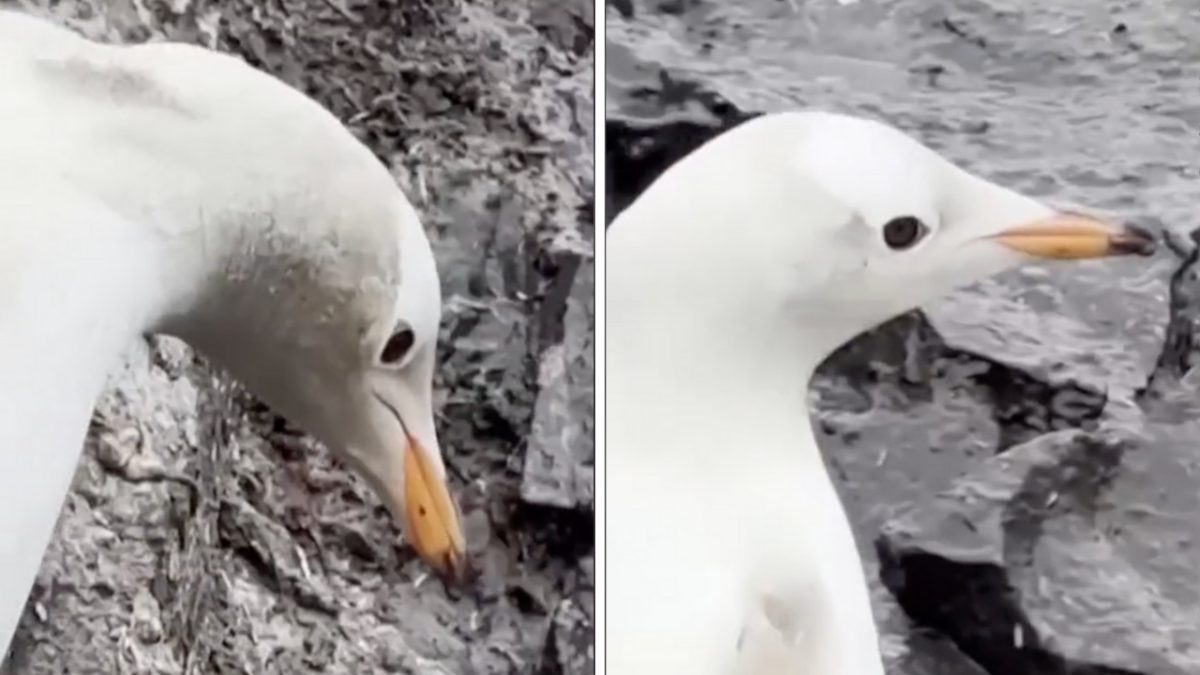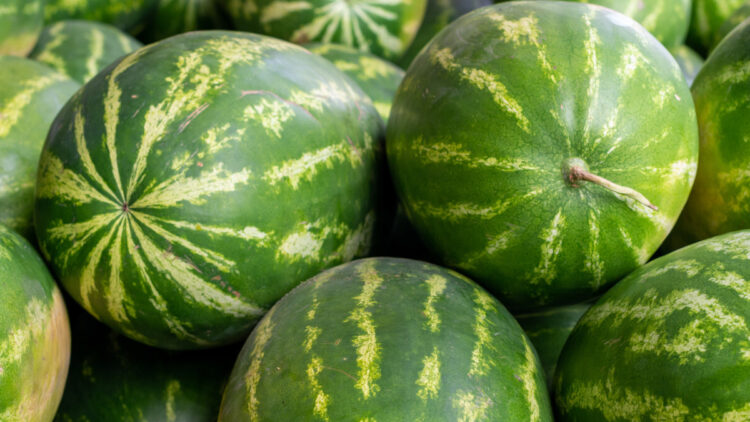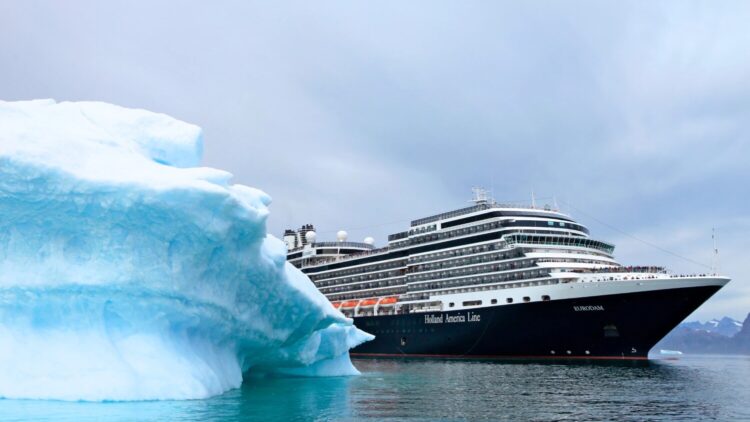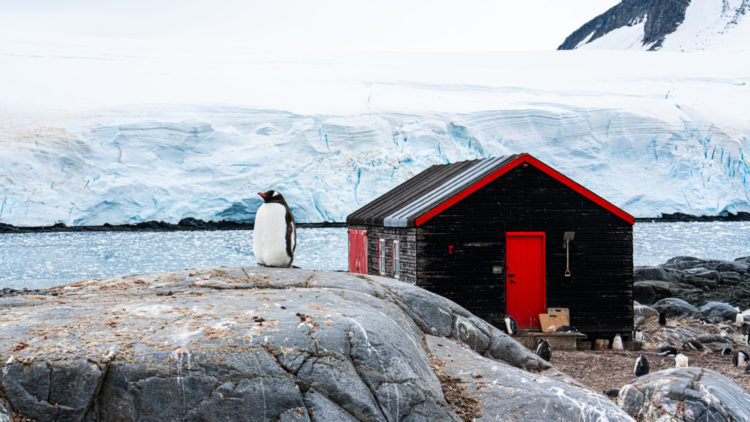Scientists grew watermelons in winter in Antarctica
Antarctica has long been known as one of the most forbidding areas on earth, thanks to an inhospitable environment and a lack of any native inhabitants — well, human ones anyway. But there are settlements there, mostly manned by scientists.
According to National Geographic, dozens of countries have research stations on the continent — up to 5,000 scientists live there each summer. Around 1,000 even stay during Antarctic winters, when temperatures range from 14 to 22 degrees Fahrenheit. And recently, some of the scientists living and working there were able to grow watermelons.
MORE: Here’s the fastest and easiest way to cut a watermelon
A press release explains that members of the 68th Russian Antarctic Expedition of the Arctic and Antarctic Research Institute, with help from colleagues from the Institute of Biomedical Problems of the Russian Academy of Scientists and the Agrophysical Research Institute, completed their first experiment growing two varieties of watermelon known to adapt to low atmospheric pressure and oxygen levels.
The experiment took place at the station Vostok, using a soilless technology called “panoponics.” Over 103 days starting in April — autumn in Antarctica — six plants were tended to produce eight watermelons. Researchers created the ideal air conditions for plants using special lighting, a soil substitute, and nutrient solutions. They hand-pollinated the fruits at the end of May, and in July, scientists tasted the fully ripened fruit. The watermelons were up to 13 centimeters in diameter and 1 kilogram in weight by then.
“The results of the experiment are impressive — we managed to grow the southernmost watermelons in the harshest conditions of Antarctica, the taste and aroma are not worse than homemade ones,” said Andrey Teplyakov, a geophysicist at the station. “Naturally, all polar explorers were glad to remember the taste of summer.”
Here’s a YouTube video posted by Russian organization Floristics Info that shows the setup they used and the watermelons they grew:
The researchers had already been able to grow tomatoes, pepper and herbs. This is quite a feat, considering that Vostok is less than 1,000 miles away from the South Pole. It’s the only year-round inland Russian station on the continent, and weather conditions are considered to be “the most severe on Earth,” according to the AARI. In fact, some of the lowest air temperatures on the planet have been recorded here.
Thanks to this kind of research, we should be all set if we ever decide we’re capable of colonizing space. Next up, the scientists will try to reproduce berries and cucumbers, and we can’t wait to see the refreshing fruit salad that results!


